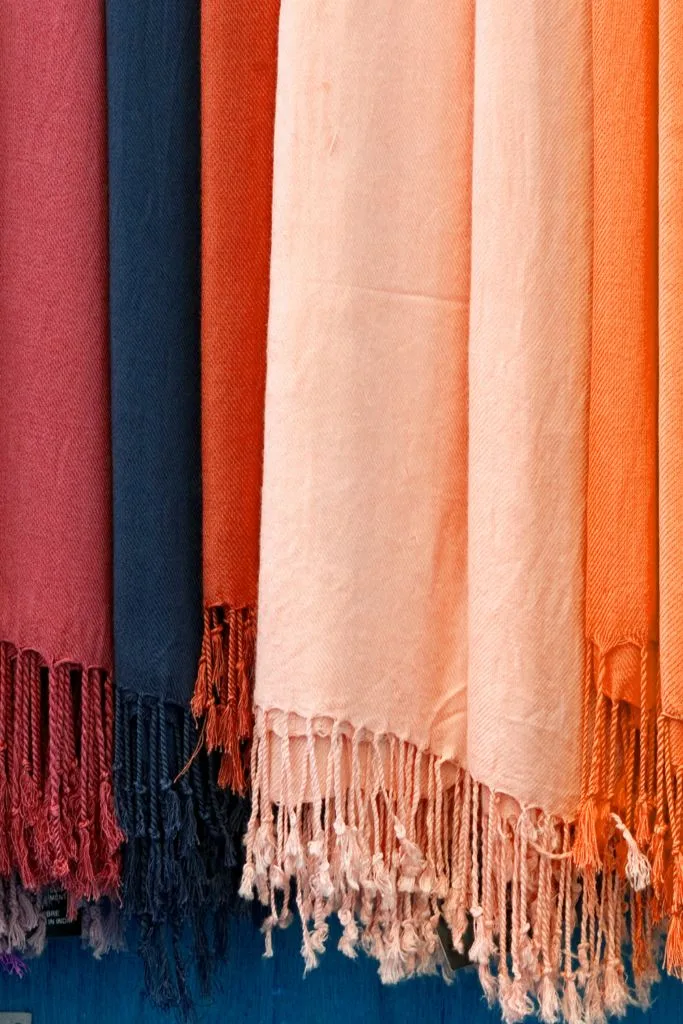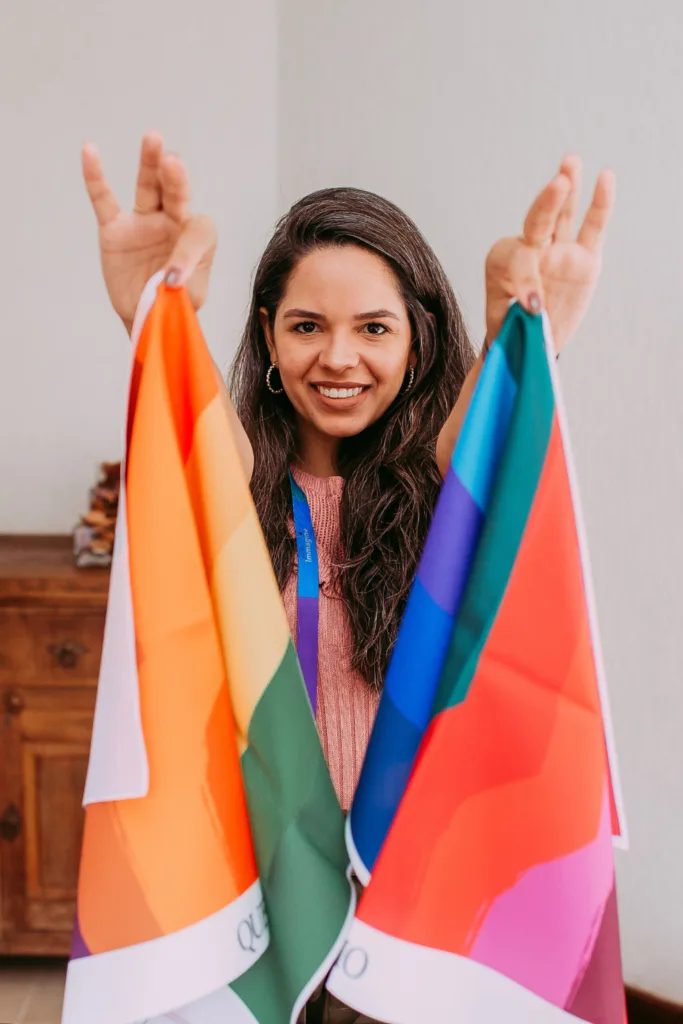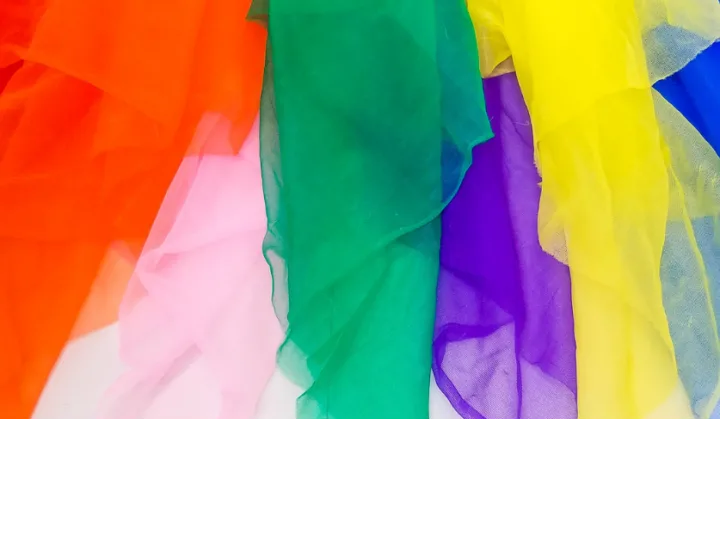Play scarves provide a useful and inexpensive tool for learning colors.
Bright colors and fluid movement of play scarves keep toddlers and preschoolers engaged and make learning new things fun.
Although scarves increase hand-eye coordination, fine and gross motor skills they also teach children basic learning skills including number counting, colors, movement, cause, and effect.
My four year old is diagnosed with severe autism and is considered nonverbal.
While he does speak over 200 words, I use a variety of fun activities to increase his speech and language.
Because of this, I look for any opportunities to introduce play activities and new words each day!
These 5 fun activities with play scarves can help your child with learning colors!
Disclosure: Bear in mind that some of the links in this post are affiliate links and if you click on them to make a purchase I will earn a commission. Keep in mind that I link these companies and their products because of their quality and not because of the commission I receive from your purchases. The decision is yours, and whether or not you decide to buy something is completely up to you.
5 Activities With Play Scarves For Learning Colors
Tossing Scarves
This is a simple activity even babies under one can participate with older siblings.
All you need to is have your children play with brightly colored scarves.
Toss them in the air. Have your children practice catching them.
Pretend to sneeze into the scarves to blow them away from you.
But while you and your kids are throwing scarves they’re learning colors! How?
Every time a scarf is tossed into the air, say the color of the scarf.
Related Articles: 14 Incredible Sensory Toys For Children With Autism
At-Home Montessori Toys To Aid Development
20 Summer Activity Toys For Toddlers To Ease Boredom
Color Matching
For the learning colors activity of coloring matching, you will need to have multiple sets of scarves.
To help your child recognize colors, start with matching basic primary colors like blue and red.
Depending on the age of your child, you may want to start with only color matching two to three colors at a time. For instance, you can bring out 2 blue, 2 yellow, and 2 red scarves.
To color match, hold up one color and ask your child to find the match. (“Can you find the matching red scarf from the pile?”)
Hide and Seek
This learning colors activity involves tricking your kids a little. Take your supply of play scarves and hide them in the house.
Don’t make it too difficult for them, however. Remember, the goal is to find and identify the colors of the scarves!
Because of my son’s autism, his attention, focus, and direction following skills are a little lacking.
But this activity does help improve these skills!
I like to hide different colored scarves in bins filled with their toys, then pull out a bin with hidden scarves. This makes it easier for my son to concentrate on where to look for the scarves, but still have him search for them.
I always say, “Find a scarf?” I then point to the bin of toys since he understands with fewer words and nonverbal communication like pointing and sign language.
Then, I always ask the follow-up question once he discovers a scarf- “What color is it?” If he doesn’t answer, I will sign him the color so he understands.
Of course, if you have a neurotypical child with no developmental delays or special needs then you can make this Hide and Seek learning colors activity as difficult as you want!

Color Mixing
Color mixing is just that… Learning what two colors make another color. For example, blue and red make purple.
So how do you help your child understand that two colors can be blended to make a whole new color?
An easy way to explain this is by reading a book like “Color Dance” by Ann Jonas.
Color Dance explains how basic colors are mixed to make new colors.
While reading the story, you can still use the scarves for learning colors and recognition by holding up the same colored scarf of what is read in the book.
Then you can demonstrate how a blue and red scarf are combined to make purple!
Some other great books about color mixing include:
–Mix It Up by Herve Tullet
–Monsters Love Colors by Mike Austin
Colored Emotions
Sometimes it is easier learning colors if the colors are associated with something else to help your child understand and recognize many colors.
Colors are often associated with emotions. Someone can be ‘green’ with envy, blue with sadness, and so on.
To help teach your child color recognition and how each color is associated with different emotions, try reading the Dr. Seuss book “My Many Colored Days.”
Similar to the Color Mixing activity, read through the book, and continue to incorporate each of the colored scarves into the story by holding or throwing the scarf in the air as you read about the color.

Final Thoughts
In my house, even the simplest activities are made into speech and language activities!
Brilliant colored play scarves can be used for a variety of fun activities including learning colors.
While each activity is simple and easy to follow, you can customize these activities to your child by making them more difficult, especially with Hide and Seek.
By the time your child enters preschool, he or she will know…
-Basic colors
-How they combine to make new colors
-How colors can be associated with their emotions


